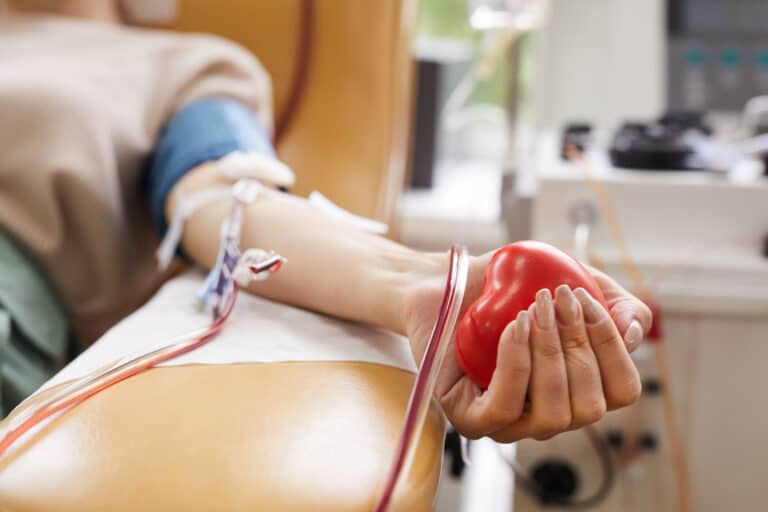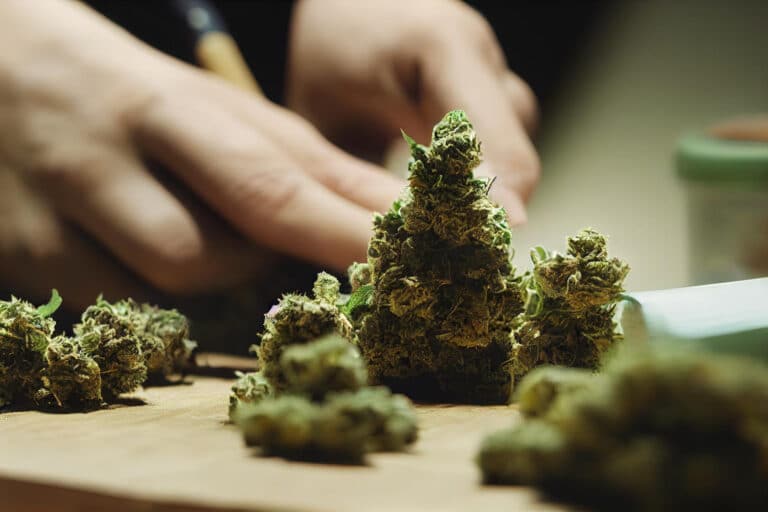Shingles
Can medical marijuana provide therapeutic benefits for patients suffering from Shingles? Let’s find out together below!
What are Shingles?
Shingles, also called herpes zoster, is a viral infection that typically causes painful blistering and rashes all over the body. It usually affects older people and other adults with weak immune systems. A Shingles rash will appear on one side of the face or body and last two to four weeks, depending on severity. A potential adverse risk of shingles is chronic pain that can continue after the rash clears up. A rare complication can affect the eye and may result in chronic pain, facial scarring, and vision loss.
Symptoms of Shingles
Early shingles symptoms can include:
- Chills
- Fever
- Exhaustion
- Headache
- Light Sensitivity
- Stomach issues
Later shingles symptoms can include:
- Itching, tingling, or burning feeling in the skin.
- Redness on the skin.
- Slight, raised rash on the skin.
- Fluid-filled blisters that break open and create a scab.
- Mild to severe pain in the affected area.
Cause of Shingles in Adults
When you acquire chickenpox as a child, your body works to resist the varicella-zoster virus. While the physical signs of chickenpox may cease, the virus stays in your body forever. As adults, sometimes the virus becomes active again and makes its second appearance as shingles.
Approximately one million cases of shingles are diagnosed annually in the United States. The risk of shingles increases as you get older, with nearly half the cases occurring in adults over 50. Shingles develop in about ten percent of people who have previously had chickenpox.
What are the Risk Factors?
Some people who have had chickenpox are more likely to develop shingles, including:
- Weakened immune system
- Above age 50
- Illness
- Trauma
- Chronic Stress
The virus doesn’t leave your body after chickenpox. It remains quietly in your spinal nerve root and doesn’t cause issues for most people. Researchers are unsure why the virus gets reactivated, but it typically occurs during stressful periods. You can acquire shingles more than once. However, if you get shingles again, the rash isn’t usually in the same area.
Treatment Options for Shingles
Acyclovir, valacyclovir, and famciclovir are three available antiviral medications to treat shingles and shorten the length and severity of the symptoms. These medicines are effective if they are taken immediately after the rash appears. If you think you may have shingles, contact your doctor as soon as possible to discuss treatment options.
Pain medicine, either over-the-counter or with a prescription from your healthcare provider, may help relieve pain related to shingles. Wet compresses, calamine lotion, and colloidal oatmeal baths may help relieve the itching and burning sensations.
Cannabis and Skin Care
Cannabis, especially CBD, is highly prevalent in today’s society. CBD used to control pain and treat skin conditions can be traced back to ancient times, as it was abundant during religious practices and rituals.
The earliest uses of cannabis for skincare can be traced back to Ancient Egypt. Pharaoh Ramses II was known to partake in cannabis and encouraged others to use the plant. Back then, hemp assisted in creating buildings and textiles. During the 20th century, cannabis was extensively criminalized due to a societal outcry; however, changing laws and further research into the compounds within the plant led to a slow but vast reconsideration of their potential health benefits. The use of cannabis is becoming more widely accepted today due to the balancing effects of this particular cannabis-derived compound.
Can Medical Cannabis Help?
The Endocannabinoid System (ECS) works in several parts of the body, including the skin, which contains
- Cannabinoid receptors
- Skin nerve fibers
- Hair follicles
- Sweat glands
- Oil glands
Because of the ECS in the skin can help significantly treat itching, eczema, acne, psoriasis, skin cancer, and more. Many patients with shingles also deal with extreme itching, which cannabis can help. Cannabinoids bind to fat cells, and there are a lot of cannabinoid and TRP receptors in the skin that both play a role in the onset of itching. Researchers studying atopic dermatitis, a type of eczema, believe that TRP receptors may serve as ionotropic cannabinoid receptors meaning they may assist in reducing pain and inflammation in the skin nerves.
Recent studies from medicine and health sciences professionals suggest that certain cannabis products may effectively treat the overactive immune system. It can connect with the cannabinoid receptors of the body to combat the proinflammatory t-cell responses needed.
It has been used to treat rare skin conditions, Crohn’s disease, neuropathic pain, particularly autoimmune disease, inflammatory bowel disease, acute psychosocial stress, and many other conditions. More research is needed to make an accurate scientific determination of the health benefits of medical marijuana.
Recent peer-reviewed studies within the dermatological science field show that CBD, as a complementary treatment with other medications and sometimes even as an oil or topical therapy for affected skin, offers potential benefits. Specific CBD dose-related effects may even provide an immune response in slowing cell growth so that new skin cells react differently.
Last Updated: June 14, 2024
Get Your Medical Card
Connect with a licensed physician online in minutes
Table of Contents
Keep Reading
-
The Role Of Cannabis In Addiction Treatment: Current Research
Learn about the cutting-edge research on cannabis and its potential to revolutionize addiction treatment. Uncover the truth behind its role in recovery and click now to discover more!
-
Are Cannabis Users Allowed to Donate Blood?
Are you a cannabis user wondering if you can donate blood? Learn the facts about cannabis use and blood donation. Explore our page to see if you qualify and what restrictions may apply.
-
Do Cannabis Moon Rocks Have Medicinal Benefits?
Do cannabis moon rocks have medicinal benefits? Discover what the research says about using this potent form of marijuana for treating various health conditions.



